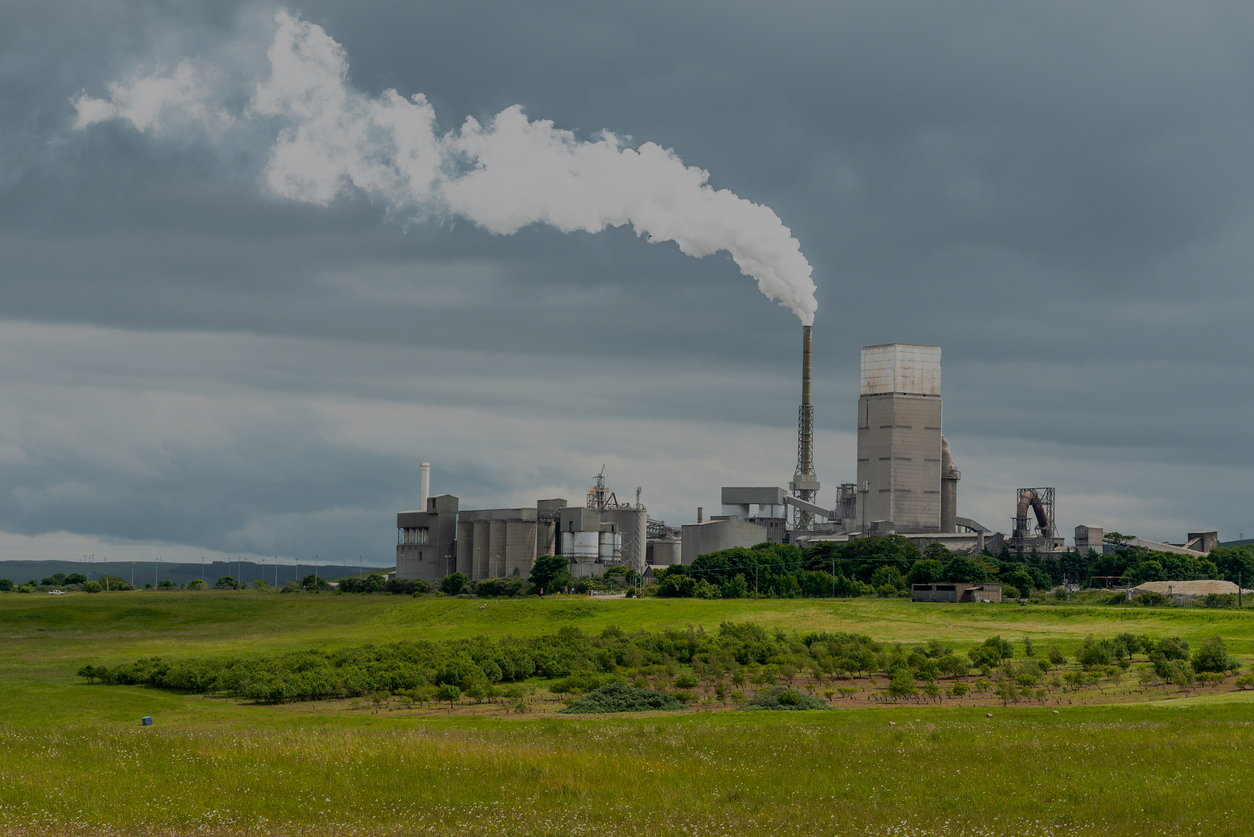
Scotland is aiming to reach net zero climate emissions by 2045 in an effort to end its contribution to global heating.
The Scottish Government and its supporters have repeatedly lauded the target as ‘ambitious’ and argued Scotland is a “world leader in tackling climate change”.
One recurring claim over the last couple of years is that Scotland is now “halfway to net zero”. It was repeated by the SNP’s official account on Twitter in April 2023.
Scotland is “halfway to net zero”.
SNP on Twitter
As part of its series on the climate crisis, Ferret Fact Service looked at this claim and found it to be True.
Evidence
The claim that Scotland is halfway to net zero has been made by the SNP and prominent Scottish Government figures in the last couple of years.
Most recently, the claim was made on Twitter by the official profile of the Scottish National Party (SNP) on 12 April 2023. The tweet included a video of the party’s Westminster leader, Stephen Flynn, and lauded Scotland as a “renewable energy powerhouse”.
What is net zero and how will it be achieved?
A country reaches net zero when the amount of climate pollution it puts into the atmosphere is the same as the amount it removes. In theory, once the target is reached a country will no longer be a contributor to the climate crisis.
Scotland’s net zero plan requires deep cuts to emissions across all sectors of the economy, alongside the scaling up of new technologies which capture existing or new pollution and store it underground.
The country will also need to plant more trees and restore its peatlands. Forests and peatlands are so-called ‘carbon sinks’ which means they absorb carbon dioxide and lock it up so it does not enter the atmosphere to cause global heating.
How are Scotland’s climate emissions reported?
The Scottish Government publishes annual reports on Scotland’s climate emissions. There is a two-year delay in its reporting, so the most recent available data – published in June 2023 – is from 2021.
These reports include two figures about the size of Scotland’s climate impact. One is called ‘source emissions’ and the other is ‘emissions for reporting against targets’.
Both of these figures are compared to a baseline to measure how much Scotland has reduced its greenhouse gas emissions.
It is important to note that neither of these figures include the amount of climate pollution produced by the North Sea oil and gas industry. These emissions are not allocated to any individual country within the UK.
So have Scotland’s emissions halved?
According to the data on Scotland’s emissions released in June 2023, Scotland produced the equivalent of 41.6m tonnes of carbon dioxide (CO2) in 2021. This was a 49.2 per cent reduction from 1990, the benchmark year.
At the time that the SNP’s Twitter account made the claim about being halfway to net zero, the most up-to-date figures would have been from 2020.
That year, Scotland emitted the equivalent of 40m tonnes of carbon dioxide (CO2). This was 51 per cent less than in 1990. There have also been year-on-year reductions in most years since 1990.
Fewer emissions were produced in 2020 than 2021 because of the impacts of the Covid-19 pandemic.
How did we get here?
Although all sectors measured in the Scottish climate change plan have seen some level of reduction in their GHG emissions since 1990, by far the largest fall has come in emissions from the supply of energy.
Energy supply in Scotland produced nearly 17 million tonnes less climate pollution in 2021 than it did in 1990. That is a 77 per cent decrease.
Two factors have caused this drop – a reduction in emissions from power stations partly as a result of the closure of coal plants, and the scaling up of renewable energy capacity.
While emissions have nearly halved since 1990, not all of this progress was achieved under the SNP, which first formed a government at Holyrood in 2007.
About a third of the progress towards the net zero target so far was made before the SNP gained power in 2007.
The Scottish Government first introduced its current net zero target in 2018. Since it was introduced, emissions have dropped by 11 per cent.
While overall progress has been made towards net zero, reductions in pollution have stalled in six of the ten sectors outlined in the climate plan.
In total, emissions from agriculture, businesses, industrial processes, the public sector, and homes now make up more than half – 24.8 million tonnes – of Scotland’s total climate pollution. However, combined emissions from these sectors have only reduced by 1 per cent since 2015.
Ferret Fact Service verdict: True
Scotland’s climate emissions have nearly halved since 1990 according to the most recently available data.
But it is worth noting that the net zero target was only put in place in 2018 and most of the progress towards it so far was achieved prior to it being set. The SNP is also not the only party to have overseen emissions reductions since 1990.
There has been a lack of progress in key sectors in recent years which will have to change if Scotland is to reach net zero by 2045.















